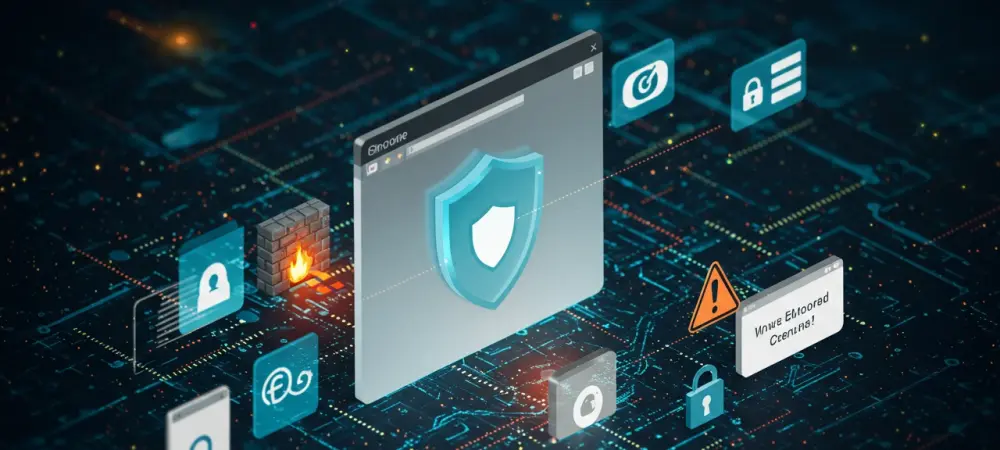Have you checked your software updates today? With the rapid pace of technology, it’s easy to overlook a simple click that could safeguard your digital life. Cybersecurity threats have become prevalent, often striking without warning. Google’s recent emergency update for Chrome users serves as a potent reminder of the digital world’s fragility and the constant vigilance required to navigate it safely.
The Danger Lurking within Chrome
The recent discovery of the “Type Confusion in V8” vulnerability highlights the ever-present cybersecurity challenges we face. This critical flaw in Chrome’s JavaScript engine allows attackers to execute malicious code remotely. Imagine a scenario where hackers can control your device without physical access—a terrifying prospect made real by this vulnerability. This incident isn’t just an isolated case; it reflects ongoing patterns where new vulnerabilities in popular software platforms expose users to significant risks.
Google’s Rapid Response
In a commendable effort, Google swiftly released an emergency update to address this vulnerability, with priority targeting all platforms, including Windows and Mac. Recognizing the danger of delay, Google urged users to update their browsers immediately. The affected versions, specifically updated to 138.0.7204.96/.97, had to be secured promptly to fend off potential exploitation. This quick action underscores the importance of maintaining up-to-date software to protect against emerging threats that can compromise personal and professional security.
Expert Insights on Cybersecurity Response
Cybersecurity experts, including those from Google’s Threat Analysis Group, stressed the importance of prompt action when vulnerabilities like these arise. Their insights reveal stark truths about our digital age: threats are becoming more sophisticated, and response times are crucial. Past examples demonstrate how quickly unaddressed vulnerabilities can escalate, emphasizing the collective responsibility of both developers and users in ensuring digital safety. Statistics consistently show that swift action can drastically reduce the potential impact of a cyber threat, highlighting the role of updates in the broader cybersecurity landscape.
Steps Users Should Take for Protection
Updating your Chrome browser is a straightforward yet crucial step in securing your online environment. Users should navigate to the settings menu, check for updates in the ‘About Chrome’ section, and relaunch the browser to ensure the new version is active. Beyond this, consider utilizing browser extensions and settings focused on security enhancements. Implementing these tools can add an extra layer of protection and keep you informed about potential vulnerabilities. Staying educated and proactive about software updates fortifies your defenses against pervasive cyber threats.
Google’s emergency intervention in the face of a critical Chrome vulnerability highlighted the intersection of cybersecurity and technology. Users were reminded of the need for constant vigilance and responsiveness in an era where digital threats evolve daily. Immediate updates and consistent security practices proved vital in mitigating risks, encouraging users to remain diligent in safeguarding their digital presence.

